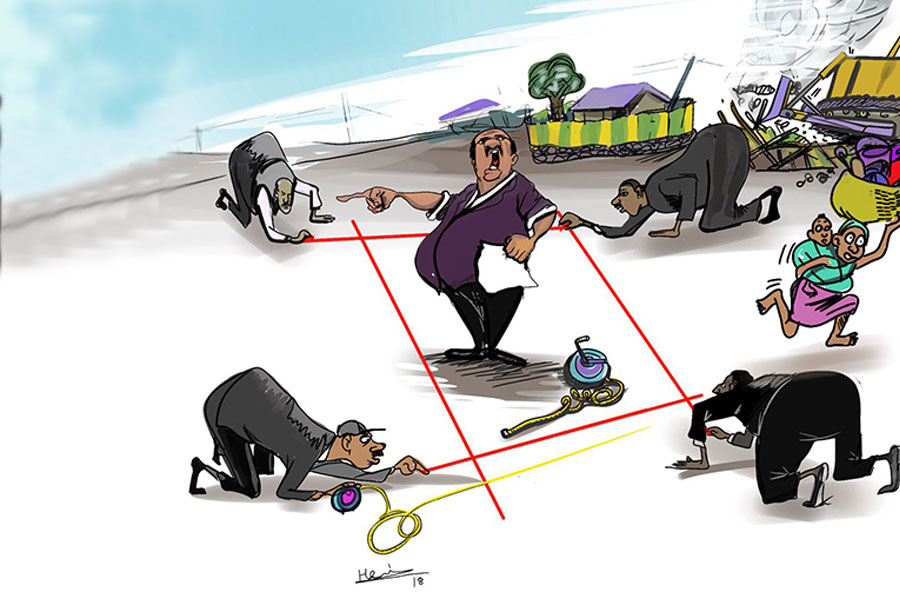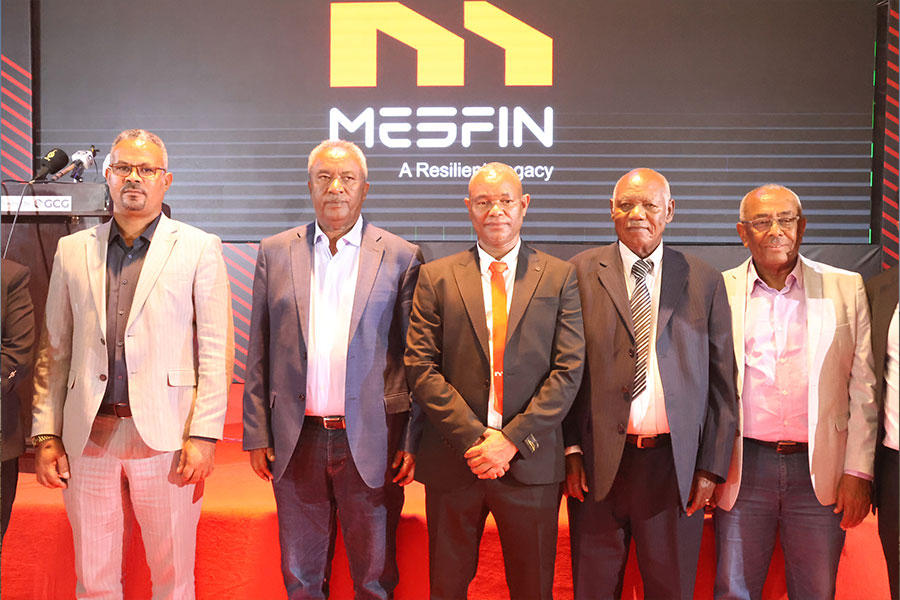
Commentaries | Sep 10,2023
Ever since TV became a common household product, everyone in the theatre industry has been counting the number of days when cinema would no longer appear on the big screen. Digital technology has greatly accelerated the trend toward home entertainment, while streaming services such as Netflix have shown that there is a great deal of money to be made without ever having to show a movie in a theatre.
The Novel Coronavirus (COVID-19) pandemic has introduced the “necessity” factor in transitioning the whole industry toward digital platforms. In times such as these, it is no longer just cheaper and more convenient to watch a movie at home, it is also necessary to avoid catching a virus.
But with every change, whether or not we acknowledge it, there is something that will be lost, and the new Chris Hemsworth vehicle, Extraction, is a great example of this. Yes, anyone can watch it at home at any time. And yes, a theatre ticket for the film would have cost more than a subscription fee to Netflix for a month.
However, we have been forced to surrender a part of the experience of watching a movie. Inspired by the John Wick films, Extraction has one of the most intense, sophisticated and heart-pounding action sequences I have seen in recent memory. It is an action movie that delivers innovative and high-powered action.
Unfortunately, the whole time I was watching the movie, I was wondering how much more awesome the action sequences would have been had they appeared on the big screen. Even a 62-inch TV could not compensate for the audio-visual excitement of a well-equipped movie theatre.
Still, we owe a debt of gratitude to streaming services such as Netflix for being there in our time of isolation and for democratising the film-watching experience. By any measure, charging audiences 10 dollars for a ticket to watch a single movie has become an unsustainable business model that was bound to crumble soon anyways. Only few movies deserve such a price tag, and Extraction is one of them.
The film is about an Australian mercenary (Hemsworth probably did not want to do an accent), Tyler, who gets a contract to extract a kidnapped teenager from the clutches of a vicious drug lord. The teenager is Ovi (Rudhraksh Jaiswal), the son of India's biggest drug pin, who gets kidnapped by Bangladesh’s biggest drug lord.
Behind prison bars, Ovi’s father, through his number one, arranges for a mercenary team to extract his son. Tyler takes the job and manages to rescue Ovi from his captors. But he fails to get him out of Dhaka, Bangladesh’s capital. His team is attacked and the captors scheme with army men to put the whole city on lockdown.
With 10 million dollars on Ovi’s head, Tyler has to battle underground gangsters and police to get the kid out to safety.
The plot, though well developed, is clichéd. Tyler is the cold, mysterious, impeccably skilled combatant and tactician that slowly realises that he has a heart and develops an emotional attachment to the “package” he has been assigned to deliver or guard. Ovi is the pitiable, innocent and naïve victim that finds a father figure in the person that was assigned to engage with him on purely professional terms.
Sometimes, the character of Ovi is an attractive adult woman that develops a romantic relationship with said professional. It is a tried and tired formula that should have been retired by now.
But the film is worth watching just for the action sequences. Long, seemingly uninterrupted shots are utilised in the crowded marketplaces and residences of Dhaka to create an atmosphere of suspense and thrill. The action is often brutal and not for the faint-hearted. But the sequences are so unpredictable that it can be watched several times.
However, the important question with this movie has become whether or not it should be watched at all, based on political acceptability. The film has already been presented as suffering from a case of “white saviour” complex.
There is a white guy, who is saving a coloured kid from a band of barbaric coloured villains – this is a problematic scenario. I completely acknowledge this.
But I wonder if some exceptions can be made. The problem with white saviour movies is that they are seen to confer moral superiority on white people, and the “good” that the white person does is ultimately self-serving.
It is different with Extraction. The protagonist - a very white Hemsworth - does exhibit moral superiority, but only over detestable criminals (the film goes to great lengths to drive this point through with a scene showing one of them hurling a kid off of a building). His moral superiority is not over people of any particular cultural, ethnic or racial group.
We also do not have a case of the white character finally rising above their own prejudices and recognising the toxicity of racism, as in Green Book or Driving Miss Daisy. By that measure, this film could not be said to be self-serving for the white protagonist. Yes, in trying to save Ovi, Tyler gets catharsis, but not because the kid he is trying to save is from what he considers to be a culturally, morally and economically underprivileged group. Ovi is very much privileged, which is why he has 10 million dollars on his head.
Indeed, the visual – white person saves a coloured person - itself is problematic. But it is also important that this debate is elevated. Simply filing every movie under “white saviour” based on crude criteria does not do justice to our struggle for what is politically moral.
PUBLISHED ON
May 02,2020 [ VOL
21 , NO
1044]

Commentaries | Sep 10,2023

Commentaries | May 28,2022

Viewpoints | Jan 27,2024

Life Matters | Aug 21,2021

Life Matters | May 01,2020

Editorial | Jun 29,2024

My Opinion | Nov 30,2019

Viewpoints | Oct 30,2022

Radar | Mar 23,2024

Radar | Aug 22,2020

Photo Gallery | 172835 Views | May 06,2019

Photo Gallery | 163062 Views | Apr 26,2019

Photo Gallery | 152903 Views | Oct 06,2021

My Opinion | 136405 Views | Aug 14,2021

Oct 4 , 2025
Eyob Tekalegn (PhD) had been in the Governor's chair for only weeks when, on Septembe...

Sep 27 , 2025
Four years into an experiment with “shock therapy” in education, the national moo...

Sep 20 , 2025
Getachew Reda's return to the national stage was always going to stir attention. Once...

Sep 13 , 2025
At its launch in Nairobi two years ago, the Africa Climate Summit was billed as the f...

Oct 5 , 2025 . By NAHOM AYELE
In Meqelle, a name long associated with industrial grit and regional pride is undergo...

Oct 5 , 2025 . By BEZAWIT HULUAGER
The federal government is set to roll out a new "motor vehicle circulation tax" in th...

Oct 5 , 2025 . By NAHOM AYELE
The Bank of Abyssinia is wrestling with the loss of a prime plot of land once leased...

Oct 5 , 2025 . By BEZAWIT HULUAGER
The Customs Commission has introduced new tariffs on a wide range of imported goods i...